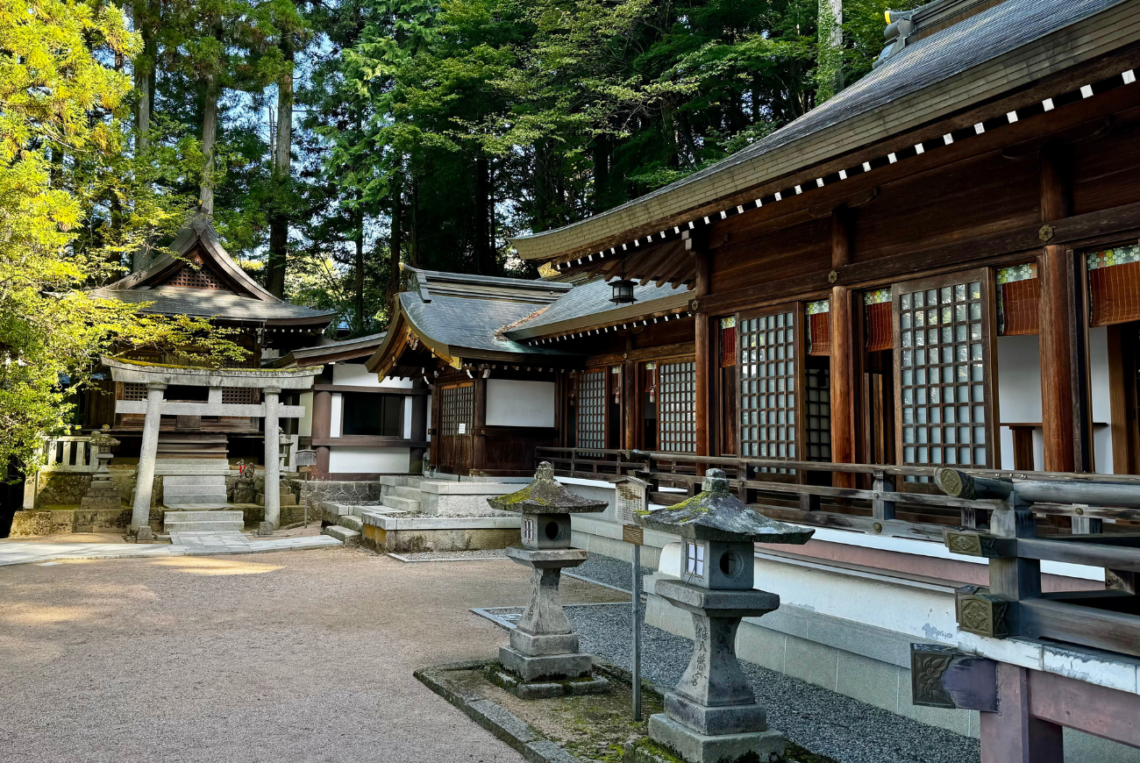
Dietitian Abroad: Japan Edition
As a dietitian traveling abroad, I’m always curious about the unique ways different cultures approach food and nutrition. My recent two-week journey through Japan was no exception, offering both surprises and delightful discoveries when it came to the country’s culinary traditions and eating habits. From mindful eating practices to unexpected flavors, Japan’s food culture left a lasting impression.
In this article, I’ll share four elements that stood out during my travels, each offering insight into the fascinating relationship between food, health, and tradition in Japan.
The Taste of Tradition
Japanese traditional cuisine, known as washoku, emphasizes balance, seasonality, and simplicity. Rooted in a deep respect for nature, it highlights fresh, seasonal ingredients such as rice, seafood, vegetables, and fermented foods like miso and soy sauce.
Meals often consist of small, artfully arranged dishes that showcase the natural flavors and textures of the ingredients. Staples include rice, miso soup, and various side dishes like pickles (okazu) and steamed vegetables, with a strong focus on umami-rich flavors.
As someone new to the umami flavor profile, I initially found it to taste salty, but with each dish, the flavor deepened and took on a character of its own.
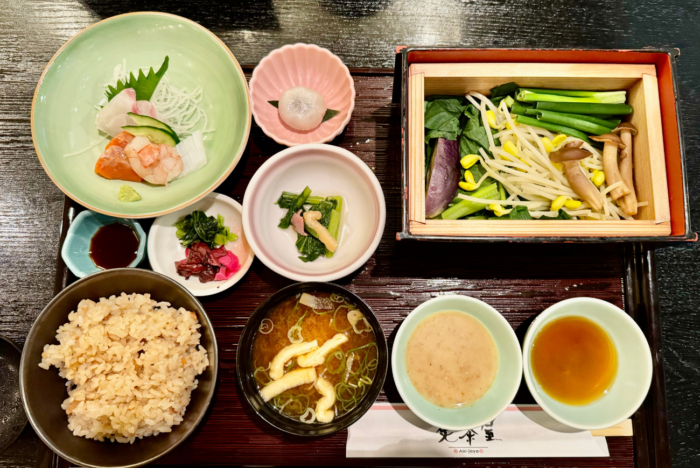
A Plant Slant
Japan’s plant-forward cuisine is deeply rooted in its culinary traditions, emphasizing the natural flavors of vegetables, grains, and legumes. In fact, the Japanese didn’t start incorporating meat into their diet until the late 19th century, as part of their modernization efforts and openness to Western influences. Prior to that, Japan had followed a largely vegetarian diet for over a thousand years, influenced by Buddhist teachings, which discouraged meat consumption.
Dishes like shojin ryori, a Buddhist temple cuisine, highlight the creative use of plant-based ingredients, such as tofu, seaweed, seasonal vegetables, and fermented foods like miso and pickles.
This approach not only reflects Japan’s cultural values of simplicity and respect for nature but also aligns with more recent trends in health-conscious and sustainable eating.
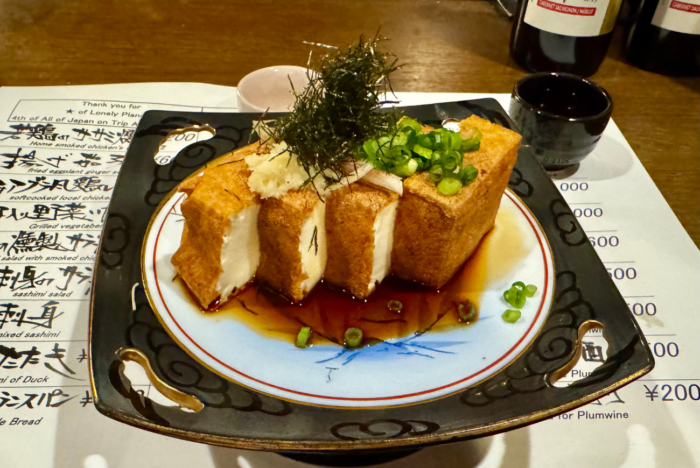
Mindful Portions, Balanced Meals
I was immediately struck by the modest portion sizes. As someone who rarely finishes a restaurant meal, I had no trouble finishing my entire meal without hesitation. It could have been due to all the extra walking, but more likely, it was the result of appropriately sized portions.
In Japan, meals are traditionally served in smaller portions, promoting balance and variety without overindulgence. The Japanese practice hara hachi bu, which encourages eating until about 80% full, helps prevent overeating and supports long-term weight control.
This mindful approach to eating, along with a focus on fresh, nutritious ingredients, smaller portions, and balanced food groups, contributes to Japan’s low obesity rates and reflects the cultural values of moderation and well-being.
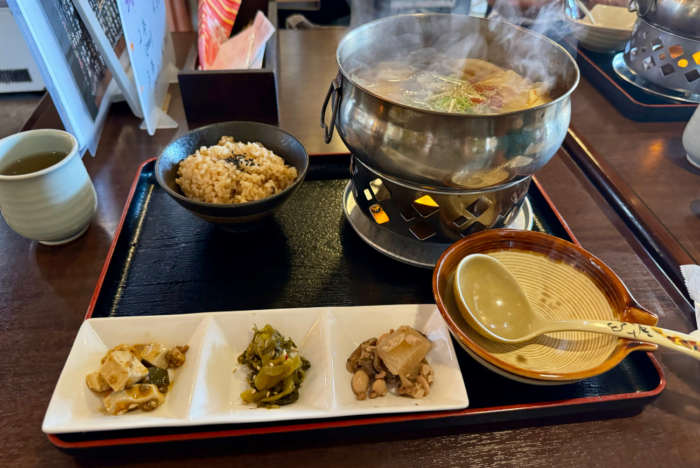
The Art of Matcha
While I definitely consider myself a coffee girl, I really enjoyed matcha in Japan. It was everywhere! Matcha holds deep cultural and historical significance in Japan, extending beyond its role as a popular tea. Introduced by Buddhist monks in the 12th century, matcha has traditionally been used in tea ceremonies that embody Japanese values of mindfulness, tranquility, and respect.
Rich in antioxidants and nutrients, matcha has a distinct umami flavor with a slight bitterness. Matcha tea is typically whisked with hot water to create a frothy drink. My personal favorite is a matcha latte, which blends the tea powder with plant-based milk and can be served hot or cold. I also saw matcha added to smoothies, desserts, hard candies, ice cream, and even savory noodle dishes.
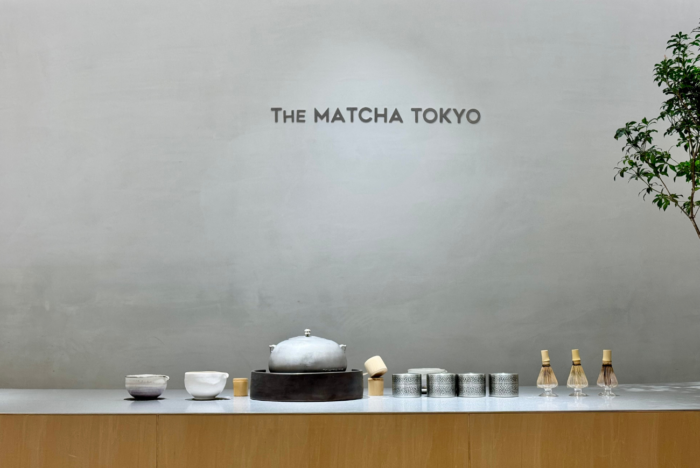
I hope this glimpse into my two-week journey through Japan has given you a deeper appreciation for the country’s unique connection between food, culture, and health. From the balance and simplicity of traditional washoku meals to the plant-forward focus of dishes like shojin ryori, there’s much we can learn about mindful eating and well-being. Let’s take inspiration to explore new ways of approaching food and nutrition in our own lives.
From our family to yours – wishing you safe travels and delightful culinary adventures!
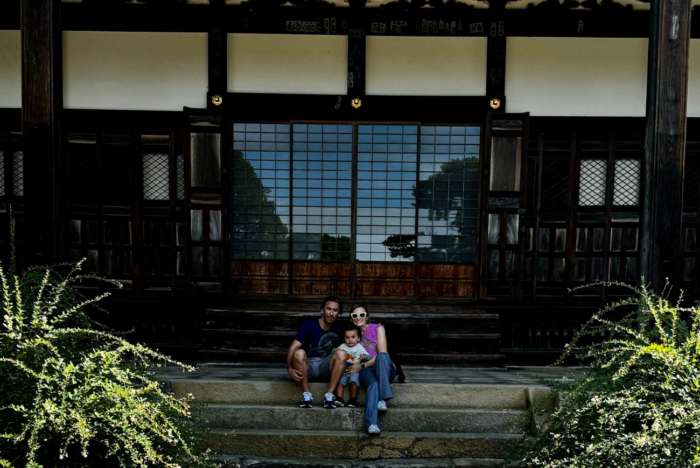


You May Also Like

Dietitian Abroad: Germany Edition
April 19, 2020
Dietitian Abroad: Navigating Digital Nomad Life in Chile
February 26, 2025
